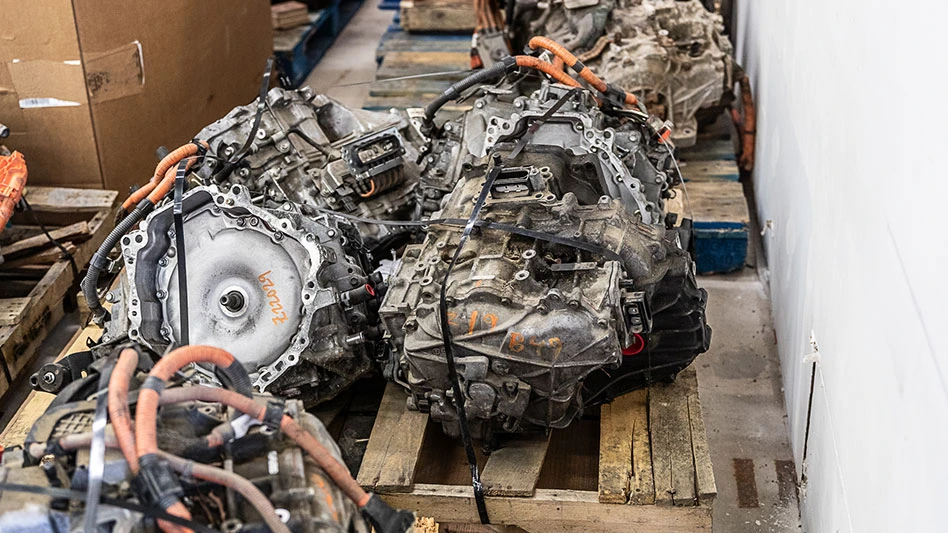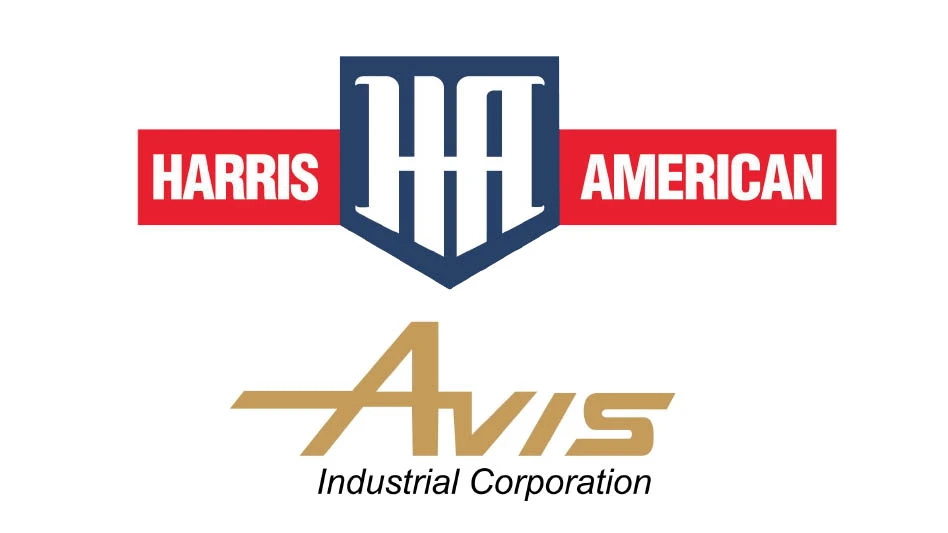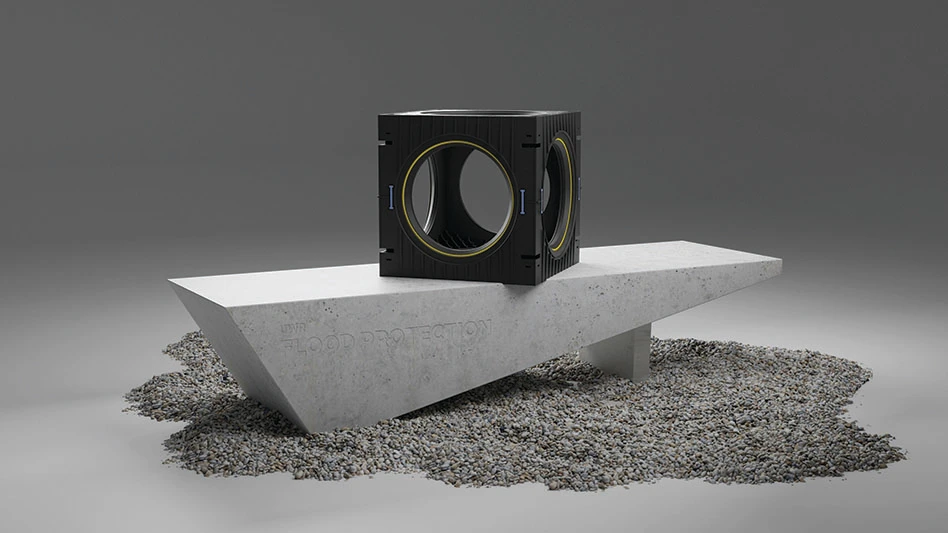
Photo courtesy of Cyclic Materials/Business Wire
In recent years, the automotive recycling industry has faced a paradigm shift with the emergence of electric vehicles (EVs). This transformation has brought forth fresh challenges and introduced new recycling streams, altering the way end-of-life vehicles are managed.
The shifting value of engine parts
For many years, catalytic converters have been one of the most valuable parts of internal combustion engines (ICEs) because of the valuable platinum group metals they contain. Auto recyclers pick catalytic converters from ICEs to sell separately for recycling. Although not as high-priced and high-profit as catalytic converters, auto recyclers also sell starters, alternators and other components of ICEs as scrap for their copper value.
But the global transition to EVs is reshaping this landscape—changing which engine parts the auto recycling community covets most. While EVs don’t have catalytic converters, their batteries contain even more valuable metals, such as lithium, nickel and cobalt. Auto recyclers are learning how to handle and assess these batteries, and, in time, EV battery components likely will surpass ICE cars’ catalytic converters in value and profitability.
Rare earth elements: A new treasure mine
Beyond their battery materials, EVs and hybrid vehicles introduce another set of valuable, recyclable metals: rare earth elements (REEs).
Rare earth elements are a group of 15 metals, notably neodymium and praseodymium, which make up the permanent magnets in electric motors.
REEs are essential to the motors found in hybrid transmissions and the drive motors of EVs, which are powerful yet small and lightweight—accelerating the performance and efficiency of vehicles.
By recycling EV motors and hybrid transmissions, auto recyclers can unlock new value streams and benefit from the growing demand for REEs.
Overcoming supply chain challenges to enhance value and sustainability
The increasing popularity of EVs is leading to higher demand for magnets made from REEs. Yet, operational and environmental challenges are associated with opening and operating mines for these elements, and production is projected to fall short of demand in 2024.
Adding to this problem, more than 90 percent of these magnets are made in China. Depending on a single source for these crucial parts worries North American companies, business leaders and governments. These materials are crucial to the growing EV industry, and any supply chain disruptions or geopolitical events could derail automotive production.
To move away from this reliance, recycling components such as hybrid transmissions and drive motors—rich in REEs—is increasingly vital. When auto recyclers focus on collecting these specific parts for processing, they unlock valuable opportunities within the auto recycling industry and help build an independent sourcing network for critical components.
Domestic, sustainable supply chains for these materials will address production shortages as well as supply chain risk facing REEs. Auto recyclers can capitalize on this emerging opportunity by partnering with the organizations building the domestic supply chain and making recycling EV materials easy and profitable.
Auto recyclers should recover EV drive motors and hybrid transmissions for a number of reasons:
- They can create new value streams. Beyond traditional materials such as copper, aluminum and steel, recycling EV motors and hybrid transmissions introduces new value streams to the auto recycling industry.
- They can help develop local supply chains: Processing REE-containing components promotes the development of domestic supply chains, fostering sustainability and self-reliance in the automotive sector.
- They can secure the future of the auto recycling industry. As the number of EV and hybrid vehicles continues to grow, the auto recycling sector must embrace new practices to recycle these critical components and recover these valuable metals.
- They can contribute to sustainability, Recycling REEs reduces the need for new mines, lessening the environmental impact associated with mining and preserving natural resources.
The future of the automotive recycling industry relies on its ability to adapt to the energy transition and capitalize on the valuable materials within EVs and hybrid vehicles.
Sponsored Content
Still relying on manual sorters?
Let AI do the heavy lifting. Waste Robotics delivers reliable, high-performance robots tailored for complex waste streams. They require minimal maintenance, are easy to operate, and are designed to boost your recovery rates. Smarter sorting starts with the right partner. Waste Expo Booth #1969 & REMA #2843
Click here to see our robots in action!Sponsored Content
Still relying on manual sorters?
Let AI do the heavy lifting. Waste Robotics delivers reliable, high-performance robots tailored for complex waste streams. They require minimal maintenance, are easy to operate, and are designed to boost your recovery rates. Smarter sorting starts with the right partner. Waste Expo Booth #1969 & REMA #2843
Click here to see our robots in action!Sponsored Content
Still relying on manual sorters?
Let AI do the heavy lifting. Waste Robotics delivers reliable, high-performance robots tailored for complex waste streams. They require minimal maintenance, are easy to operate, and are designed to boost your recovery rates. Smarter sorting starts with the right partner. Waste Expo Booth #1969 & REMA #2843
Click here to see our robots in action!Sponsored Content
Still relying on manual sorters?
Let AI do the heavy lifting. Waste Robotics delivers reliable, high-performance robots tailored for complex waste streams. They require minimal maintenance, are easy to operate, and are designed to boost your recovery rates. Smarter sorting starts with the right partner. Waste Expo Booth #1969 & REMA #2843
Click here to see our robots in action!Sponsored Content
Still relying on manual sorters?
Let AI do the heavy lifting. Waste Robotics delivers reliable, high-performance robots tailored for complex waste streams. They require minimal maintenance, are easy to operate, and are designed to boost your recovery rates. Smarter sorting starts with the right partner. Waste Expo Booth #1969 & REMA #2843
Click here to see our robots in action!Sponsored Content
Still relying on manual sorters?
Let AI do the heavy lifting. Waste Robotics delivers reliable, high-performance robots tailored for complex waste streams. They require minimal maintenance, are easy to operate, and are designed to boost your recovery rates. Smarter sorting starts with the right partner. Waste Expo Booth #1969 & REMA #2843
Click here to see our robots in action!Sponsored Content
Still relying on manual sorters?
Let AI do the heavy lifting. Waste Robotics delivers reliable, high-performance robots tailored for complex waste streams. They require minimal maintenance, are easy to operate, and are designed to boost your recovery rates. Smarter sorting starts with the right partner. Waste Expo Booth #1969 & REMA #2843
Click here to see our robots in action!Through innovative processes and strategic partners, auto recyclers can recover REEs from end-of-life EV drive motors and hybrid transmissions. By working together, key players within the sector will contribute to the sustainable management of resources and create new economic opportunities.
Those who act fast will outpace competitors and be well-prepared for the industrywide shift that’s ahead.
Get curated news on YOUR industry.
Enter your email to receive our newsletters.
Latest from Recycling Today
- Enfinite forms Hazardous & Specialty Waste Management Council
- Combined DRS, EPR legislation introduced in Rhode Island
- Eureka Recycling starts up newly upgraded MRF
- Reconomy Close the Gap campaign highlights need for circularity
- Nickel carbonate added to Aqua Metals’ portfolio
- EuRIC, FEAD say End-Of-Life Vehicle Regulation presents opportunity for recyclers
- Recyclers likely to feel effects of US-China trade war
- BCMRC 2025 session preview: Navigating battery recycling legislation and regulations






